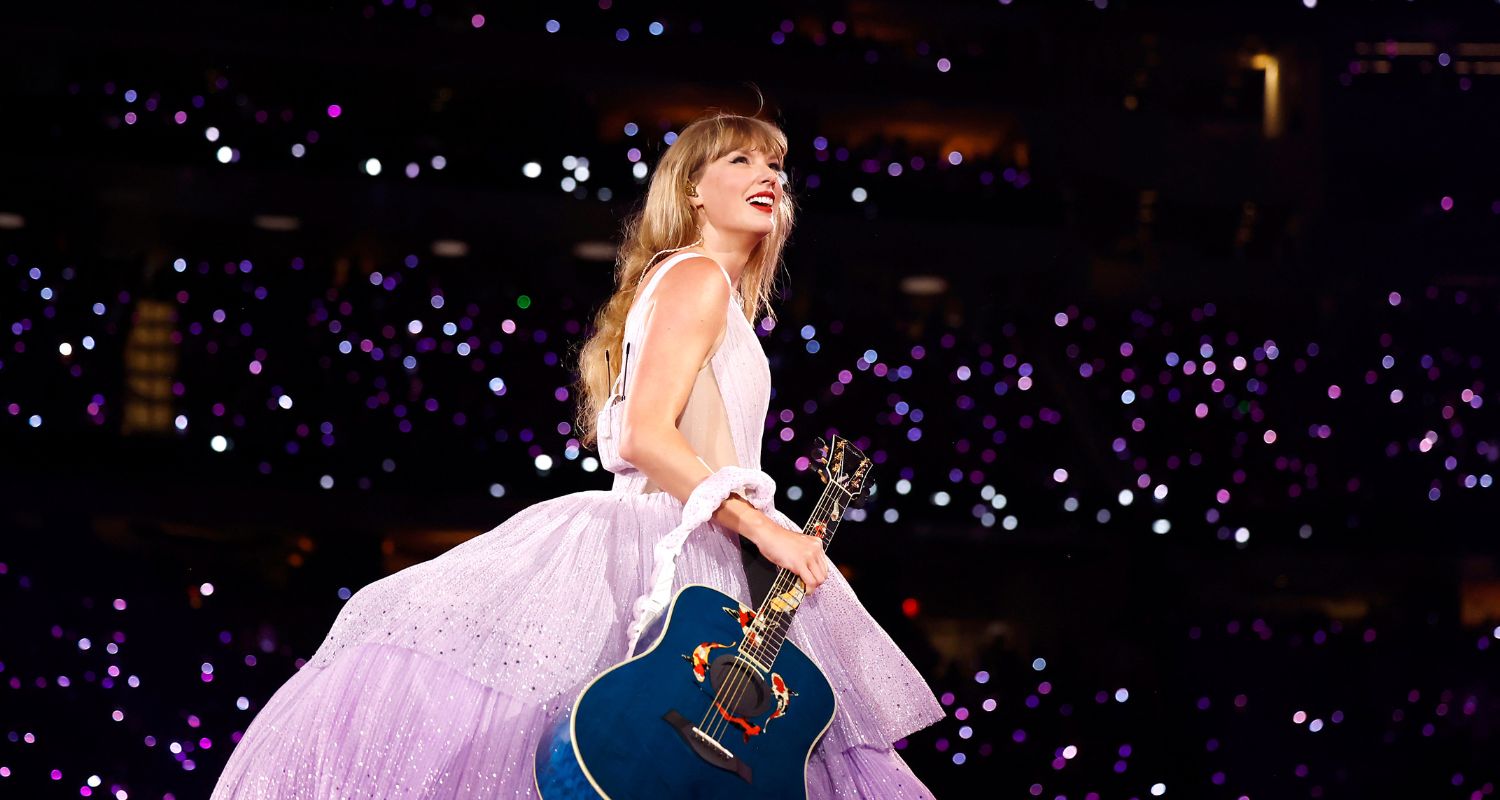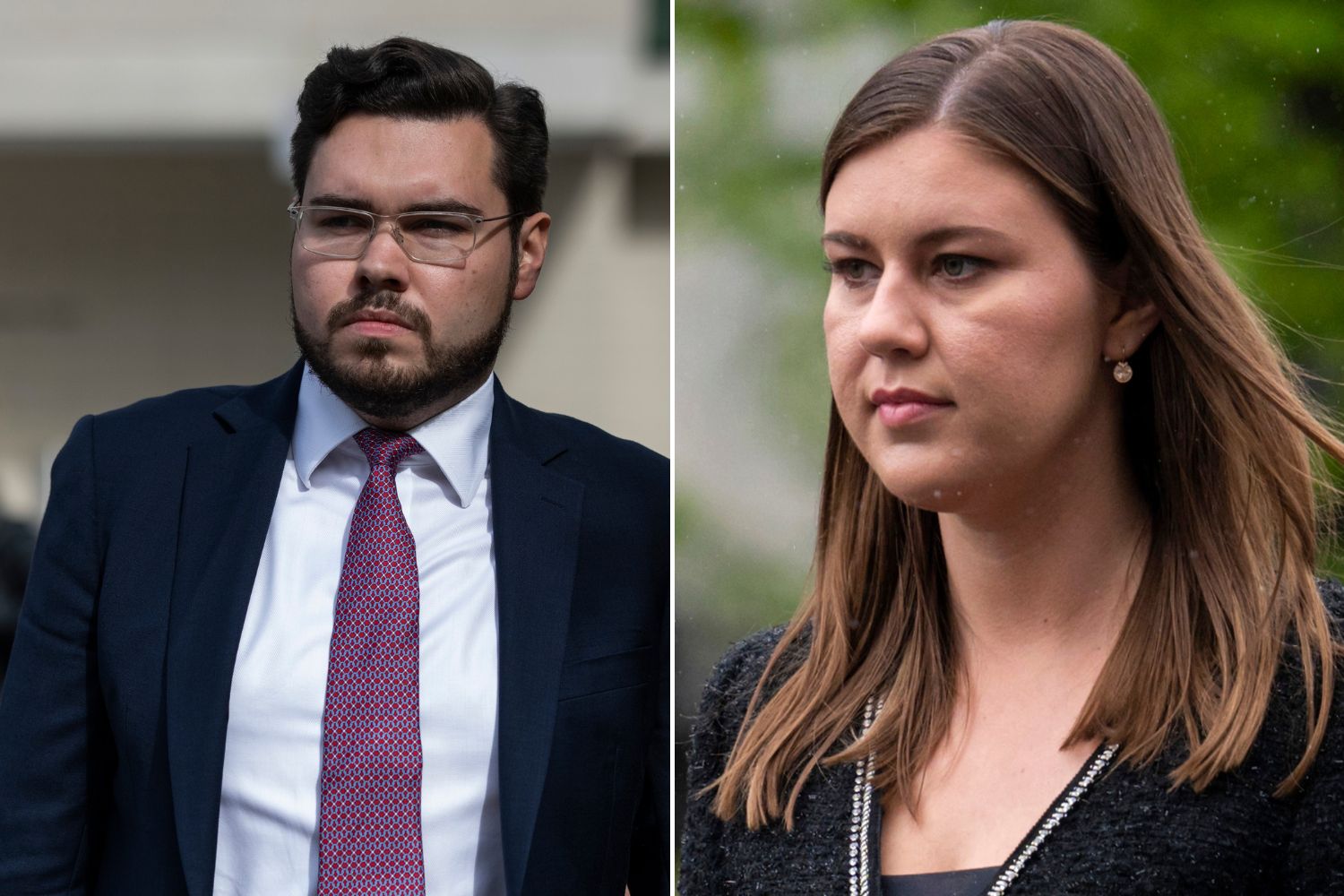Every night for 18 months, Betelhem’s body stiffened when she heard her tent door unzip.
A surge of sticky tropical air, thick with mosquitoes, would come rushing in as a security guard shone a torch in her face, lingering for a moment before checking number 016 off his list.
“All I wanted was a lock,” she recalls. “I felt like I was in prison.”
Aged 21, the university student had fled political unrest in Ethiopia and risked her life on a leaky fishing boat travelling from Indonesia to Darwin, hoping to find asylum in Australia.
On arrival, exhausted and alone, she was sent away for processing on Nauru, a tiny, bankrupt republic of rocky outcrops and barbed-wire fences. “I was so confused for the first six months because I didn’t really speak English,” says Betelhem.
“I would think, where am I? What’s going on? Am I dead? Am I in hell?”
She was given an ID tag and referred to by number rather than name, and spent months dressed in old bed sheets, her bare feet burning because all her possessions had been lost at sea. Her eyes were scarred by scenes she cannot unsee: fellow asylum seekers setting themselves on fire – one who burnt to death – and women who were abused by guards.
“My friend, a beautiful Iranian girl, wanted cigarettes to calm her stress. I didn’t like the way one of the guards used her. Do you know what I mean?” she hints.
“He started giving her marijuana and saying he wanted to see her at night. She dreamt to be a journalist but now she’s a drug addict. On Nauru, many women [figuratively] lost their lives.”
Betelhem was transferred to hospital twice for high blood pressure, then spent another two years in a detention centre in Brisbane, from 2015 to 2017. Yet when she was finally released, she didn’t feel the lightness she’d long craved.
Placed in community detention and then on a bridging visa – a temporary arrangement that allowed her to reside in the community while applying for a longer-term visa – she felt scared and helpless, flung into a new world with no support or resettlement plan.
“I kept asking if I could study, but I’m not allowed to on this visa,” she explains.
“What am I supposed to do? I don’t see the point of coming out of detention if you don’t have any training or experience. I struggled a lot in that time and wished that I would die. I nearly killed myself, but I stopped because of my [Orthodox Christian] religion.”
Today Betelhem lives in Melbourne and has a job with Metro Trains, but every six months she has to reapply for her bridging visa. She fears losing her job and Medicare, or being deported at any moment, and worries she’ll never see her family in Ethiopia again.
“I am not free,” she says.
“I feel like I’m living in one big detention centre.”

Betelhem’s anguish reflects the stories of thousands who’ve escaped terror at home, only to encounter more trauma and turmoil while seeking refuge in Australia. Sometimes their experiences become heart-wrenching headlines that jolt the nation to sit up and take notice: the harrowing images of children in detention on Nauru; the hunger strikers with their lips sewn together on Manus Island; exposés revealing shocking incidents of sexual assault and child abuse in our offshore processing centres; and, most recently, the Murugappan or “Biloela” family, who were ripped from their home in rural Queensland and have become the new face of the crisis.
But during the days between the front-page news stories – and for the refugees who don’t raise their voices for fear of being punished or jeopardising their legal cases – the suffering continues.
This year marks 20 years since the MV Tampa sailed towards Australia and capsized our asylum-seeker response. Suddenly the plight of displaced people was not just a humanitarian issue but a political one, a shift that’s underlined our approach ever since. And as the world grapples with a gargantuan refugee challenge, Australia’s policies are viewed as some of the most inhumane.
We’re the only industrialised country that mandates the indefinite detention of asylum seekers, and globally we rank 30th per capita for our recognition of refugees.
Since 2013, 3127 asylum seekers have been sent to Australia’s offshore detention centres. Women and children were removed between 2018 and 2020, but there are still 231 men detained in Nauru and Papua New Guinea, and hundreds more who were evacuated to Australia for medical care, then transferred to hotel “prisons”. Starved of sunlight and fresh air, they stand at their windows holding signs begging for their release, while their wives and children wait desperately outside. Every few months, a handful are suddenly released into the community, while others have now been locked up for eight years. Then there are the hundreds of families in community detention and thousands more on short-term bridging visas, living in limbo like Betelhem.
“We’ve lost too many years to detention and we just want a place to call home,” she says softly.
“But I will never have that permanency because I came to Australia by boat.”
Abbas Nazari was seven when he was uprooted from his home, a tiny village in the mountains of Afghanistan. As members of the Hazara ethnic minority, his family faced persecution by the Taliban, from beheading or public stoning.
“It was a life-or-death decision for my parents,” he explains, emphasising the sense of urgency and the desperation coursing through their veins.
“Imagine this: you have to choose whether to stay in the life you know and face misery upon misery, or leave and take a chance on the slightest sliver of unseen hope.”

On August 23, 2001, Nazari, his parents and four siblings were crammed into a rickety fishing boat on the coast of Indonesia along with swarms of other asylum seekers – 433 in total, in a vessel that should have held 40.
After a terrifying night being thrashed by stormy waves, the boat was rescued by the Tampa, a Norwegian cargo ship, and started making its way towards Christmas Island off the west coast of Australia.
But prime minister John Howard, who was staring down an election, made a captain’s call: turn around, you’re not welcome here. The Tampa was splashed across the media and the nameless, faceless foreigners on board were painted as “illegal immigrants” and “queue jumpers”. “There’s never been any queue or orderly line for refugees,” clarifies Nazari of the loaded language. “We were not [seen as] human beings fleeing death and torture; we were pawns in a political game.”
Kon Karapanagiotidis, human rights lawyer and Asylum Seeker Resource Centre founder, believes Australia never recovered from this damaging narrative.
“The [government and media] really poisoned the public’s moral imagination,” he says.
“We’re an island nation with a deep nerve of racism, and they were able to tap into a paranoia that we’d lost control of our borders, and that these were terrorists who could destroy our way of life.”
This sentiment made way for a series of hard-line border policies implemented on both sides of politics. In 2013, Kevin Rudd’s Labor government announced that nobody who arrived by boat would ever be resettled in Australia.
Later that year, Tony Abbott cried, “Stop the boats!”, a Liberal Party election slogan dreamt up by his immigration minister and marketing man, Scott Morrison.
He won, then reintroduced temporary protection visas, meaning that even recognised refugees living in the Australian community had no prospect of permanent resettlement.
These transient visas have been shown to have severe mental-health consequences and violate the UN Refugee Convention on the grounds of discrimination, says Karapanagiotidis.
“We’re the only industrialised country in the world that grants people temporary refugee status based on their mode of arrival, because they came by boat. We’re also one of only eight countries that caps our annual refugee intake – we have a ceiling rather than a target.”
In last year’s budget, the Morrison government cut that cap from 18,750 to 13,750 places, and this August it set aside 3000 of those existing visas for Afghan refugees fleeing the Taliban. In comparison, Canada and the United Kingdom each offered 20,000 places on top of their annual allotments.
There have been calls in Australia to grant permanent residency to approximately 5000 Afghan refugees who are on temporary protection visas, given they cannot safely return home. Immigration minister Alex Hawke and home affairs minister Karen Andrews both declined marie claire’s requests to comment, but at a press conference in August, Morrison affirmed his government’s stance:
“That will not change … I want to send a very clear message to people smugglers in the region that nothing’s changed. I will not give you a product to sell and take advantage of people’s misery. My government won’t do it.”
Morrison has long argued that stopping boats and kerbing people smuggling is saving lives (he reportedly keeps a boat trophy inscribed with the words “I Stopped These” on his office desk).
But Karapanagiotidis describes this justification as the worst form of gaslighting.
“You can’t pretend to care about those who die at sea when you torture and indefinitely imprison those who don’t,” he says.
Since 2013, 14 people have died in offshore detention – some due to neglect and suicide – and asylum seekers in our centres were found to be 200 times more likely to commit self-harm than members of the general Australian community.

“Those centres are designed to break the human spirit,” says Nazari. He was among the 131 lucky Tampa asylum seekers who – after five weeks at sea and a deadlock with the Australian government—were sent to New Zealand rather than Nauru for processing. He spent six weeks in a resettlement program, where he learnt about his rights and responsibilities as a New Zealander.
“The wraparound government support and volunteer services made transitioning into New Zealand society pretty painless,” he says.
“Three years after arriving, we became citizens, and after five years my dad had set up a business and was starting to give back.
The business now employs 25 people and my parents and siblings all own their own homes. There’s an argument that refugees are an economic burden on a nation, but I like to think of it as an investment – it comes back around.”
Nazari, who attained a Fulbright scholarship and a Masters in Security Studies from Georgetown University in Washington, DC, has just written a book, After the Tampa (Allen & Unwin), in which he highlights the potential for refugees to contribute to society in a meaningful way. Indeed, a 2019 study by Deloitte found that increasing Australia’s refugee intake to 44,000 places annually could boost the economy by $5 billion a year.
Conversely, Australia’s regime is chewing through taxpayer dollars. The federal budget allows $1 billion annually to cover offshore detention, and we’re still forking out $4 million for every asylum seeker in PNG and Nauru. “Imagine if that money was funnelled into something more productive,” muses Nazari. “It would be cheaper to house every asylum seeker in detention in individual homes in Sydney’s best suburbs than it is to fund the current scheme.”
This billion-dollar sum suggests there has to be a better way. “No-one’s asking Australia to accept people if they aren’t found to be [genuine] refugees, but it’s about taking our fair share and providing safe passage,” says Karapanagiotidis, pointing to Germany and Canada as leading examples because they don’t politicise the issue. “We need … [to remember] our moral and humanitarian duty as a democratic, prosperous, free nation.”
Twenty years since the Tampa sparked the hardening of borders and the hardening of hearts, he feels there’s room for optimism. “To be clear, I believe our immigration policies have gone backwards and are now the most depraved and unlawful in the Western world,” he says.
“But in the midst of all the darkness there’s been an incredible shift in public attitude and a growing hunger for compassion.”
Now is an interesting time to view the refugee crisis through a lens of empathy. Nearly two years into the pandemic, many Australians have experienced isolation, excruciating uncertainty and restricted freedoms for the first time.
“Imagine being in lockdown for eight years, with no sign of release. What would that be like?” asks Karapanagiotidis.
Betelhem, now 29, relates deeply. “It’s been too long. I’ve lost blood and tears,” she says.
“I can’t settle – I don’t even think about having a husband or children because I don’t know what the future holds. My body is here but my mind is not.”
She came to Australia in search of freedom, and today her dreams remain simple: to study, to contribute to society and to finally feel peace.
“I am not a criminal. Why can’t we be treated like other [migrants]?” she asks, admitting that while hope is at the core of every refugee’s story, sometimes she struggles to glimpse light through a never-ending tunnel.
“I just want to start my life.”
If you or anyone you know needs support, please call Lifeline on 13 11 14.
This story originally appeared in the November issue of marie claire Australia – out now.











